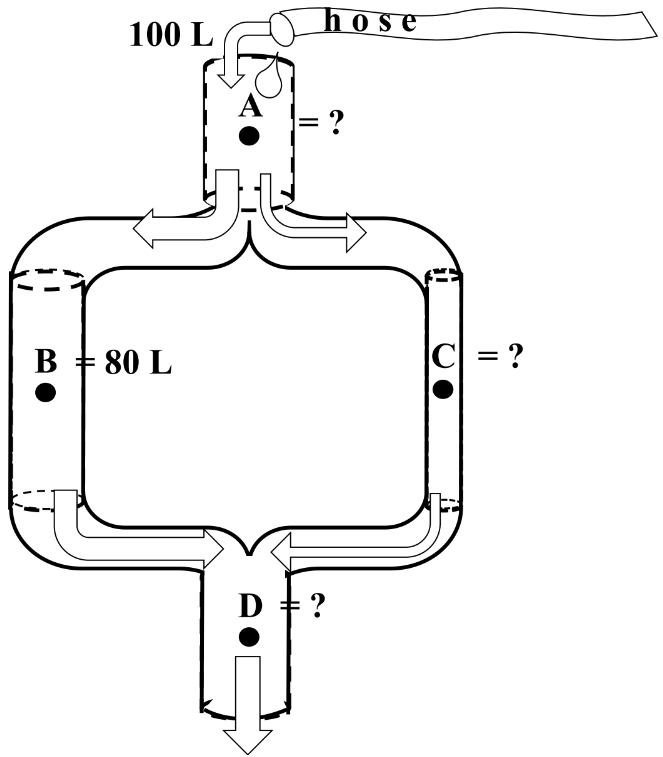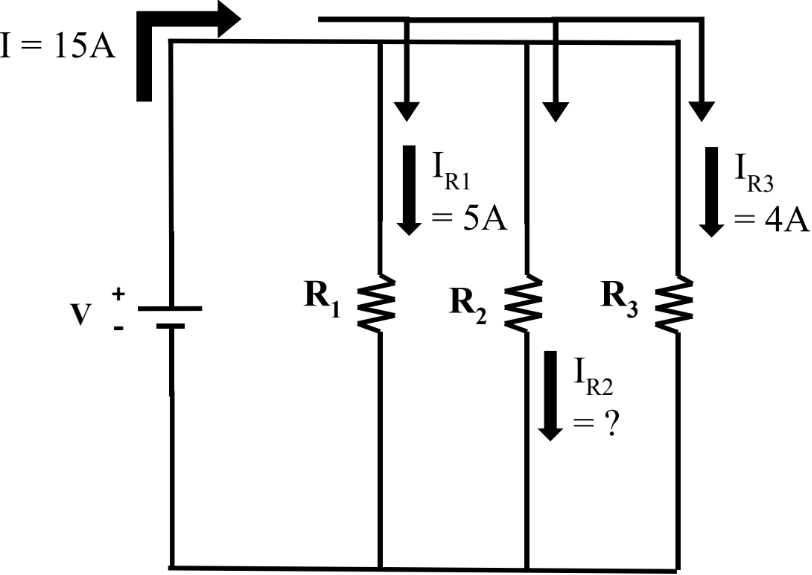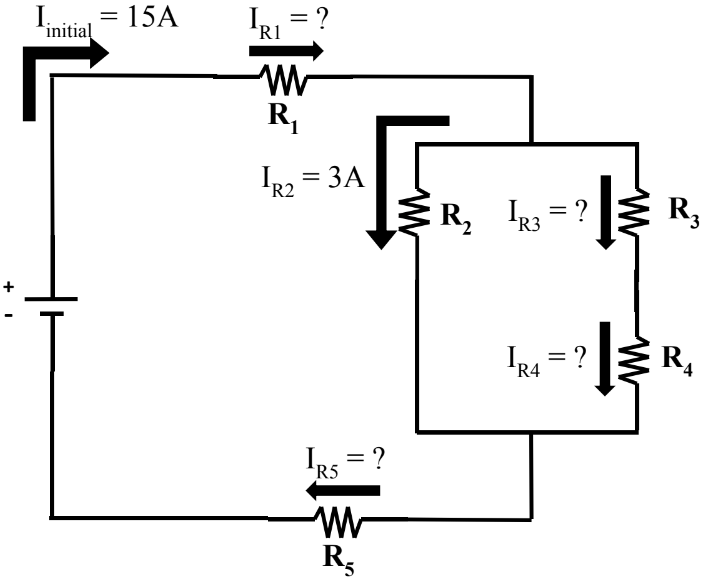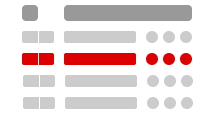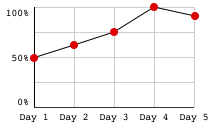In this lesson, we will learn:
- A review on what is an electric circuit and the main components: battery (voltage), closed wire path (current), and devices/resistors that use up electricity (resistance).
- What is current?
- What is the difference between connecting your circuit in series vs. parallel configurations for resistors?
- What is electron flow/ electron current? How is it different from conventional current?
- Kirchhoffs 1st Rule: Junction Rule for solving current questions
- How to solve current problems for both series and parallel circuits by using the concepts of: (a) thinking of electric current as river water current and (b) Kirchhoffs 1st Rule (Junction Rule) for solving current problems
Notes:
- The electric current is the rate that electric charge is flowing through the circuit
- Electric current can be considered as a type of electricity
- Electricity is the energy from charged particles that can be either dynamic (moving) or static (not moving and accumulating in one place)
- The unit for current is the ampere (A), and can be measured with an ammeter connected in series
- In terms of current, the advantage of a parallel configuration is that the circuit will not fail as easily; even if one part of the circuit is faulty, the current can still flow through other pathways to make its way around a complete, closed circuit loop.
- In a series configuration, if one part is faulty, the whole circuit becomes faulty.
- In reality, the conventional current (rate of flow of positive charge from positive to negative battery terminal) is NOT what happens
- The real carrier of charge is the electron, which has negative charge.
- The rate of flow of negative charge is called electron flow or electron current, and it flows in the opposite direction to conventional current (from negative to positive battery terminal)
- Recall electrostatics: like charges repel, opposite charges attract. For conventional current, protons are being repelled away from the positive terminal and move toward the attracting negative terminal; for electron current, electrons are being repelled away from the negative terminal and move toward the attracting positive terminal
- Kirchhoffs 1st Rule, also known as the Junction Rule, states that the sum of currents entering a junction is equal to the sum of currents leaving that junction
- The flow of electric charge within the circuit is conserved
- A junction is where the path of electric flow either splits or converges.
- We will use the water (river current) analogy for electric current
- The same volume of water will stay within the pipes (current within wires of circuit)
- The water can split and come back together (junction rule; the amount entering the split is the same as the amount leaving the split)

